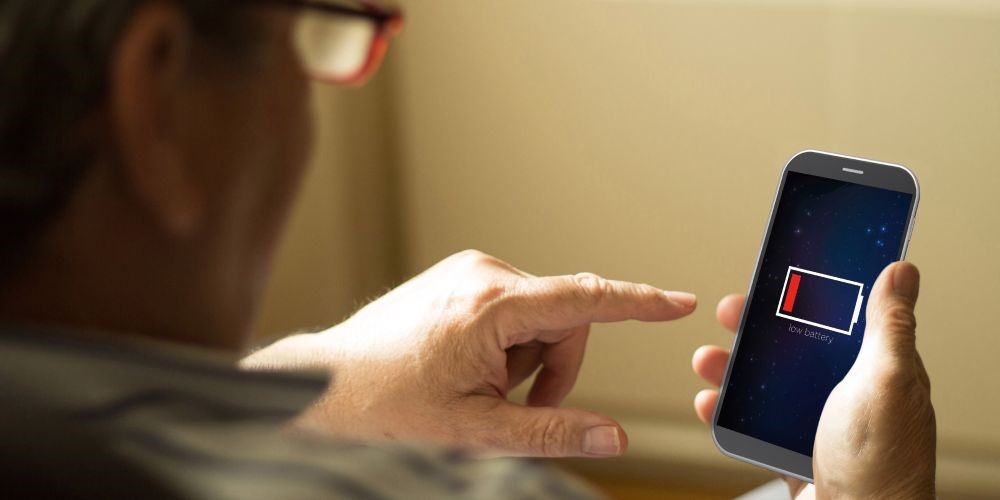
Proven ways to extend phone battery life
Believe it or not, some phone owners used to enjoy a 7-day battery life only a decade ago. It's true that those phones had tiny monochrome displays and couldn't do too many things besides calling and receiving calls from others, though. Modern phones incorporate tiny, and yet very powerful computers; the gap between desktop PCs and mobile devices that can be used for real work and entertainment is getting smaller by the day. Smartphones use powerful CPUs, have huge displays (do you remember the revolutionary Dell Streak?) and can run all sorts of intensive apps. It's not a surprise that all of these will quickly deplete even the most powerful battery. So, how can you make sure that your phone's accumulator lasts for as long as possible? If you play games for several hours each day or you spend a lot of time watching videos, there is a single proven way to extend battery life: use an external battery, often called a "power bank". Actually, if you purchase a high-capacity power bank, you can also use it to recharge tablets, gaming consoles and even laptops! My recommendation is to pick a slim one, though, which can be attached to your phone without making it look bulky. However, if you intend to use your device mostly for entertainment-related purposes, you will be happy to discover that you can purchase power banks that have capacities of up to 20,000 mAh, and sometimes even beyond that. I know that some of us aren't that much into gaming and YouTube video watching, though. If this is your case, here's what you can do to save an extra 20-50% battery power. Begin by determining the top battery-hungry apps. These days it's easy to do that by going to your phone's "Settings" menu, and then examining the applications that show up at the top of the "Battery Usage" list. If you see that a particular app uses a lot of power and you don't use it regularly (or at all) you should uninstall it right away. New Android OS versions have implemented advanced power saving systems, which turn off unused system services and apps that shouldn't run in the background. The power saver application is enabled by default on most phones – make sure it's activated on yours as well. Additionally, Android Pie has introduced a "Restricted Apps" list which can be utilized for the apps that misbehave, using energy even when they shouldn't. Don't forget to limit the number of applications that want to run at startup. While some of them need this permission to do their jobs, others request it because they are poorly coded, or (more often) because their developer wants to keep an eye on your phone-related activities. As you already know, those huge displays use a lot of energy, so we need to do something about it. You can save a lot of battery power by simply reducing the screen brightness and screen timeout values. Some phones will also allow you to change screen resolution; if you switch to a lower value, your display will use fewer pixels, and that will help you save some energy without having a very noticeable impact on your viewing experience. If your phone uses an Active Matrix Organic Light Emitting Diode (AMOLED) display, it makes a lot of sense to enable "Dark Mode", a power saving feature that uses dark color schemes. With AMOLED displays, black pixels don't use any power, and this will reduce battery drain as well. Turn off vibration, which uses a powerful motor to make your phone move when it's receiving a call. Also, disable Wi-Fi and Bluetooth when there's no need for them. Your GPS uses a lot of power too, so keep it off when you aren't driving. Finally, don't forget to keep the OS and the installed apps updated. Some updates include new power optimization features, or patch various bugs, prolonging battery life.